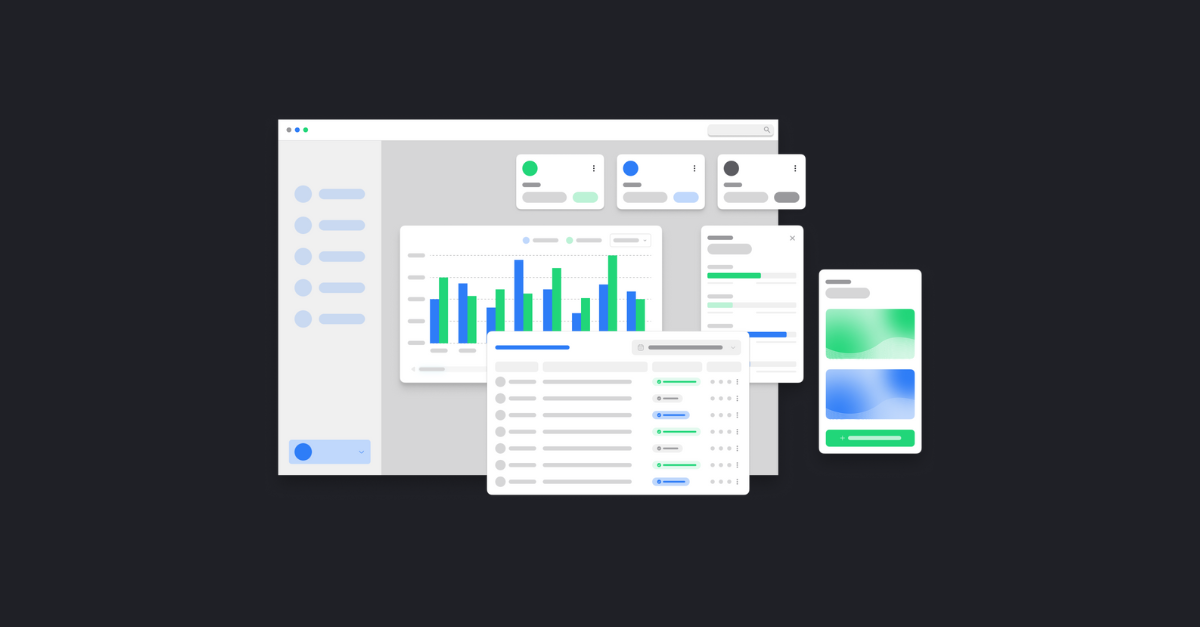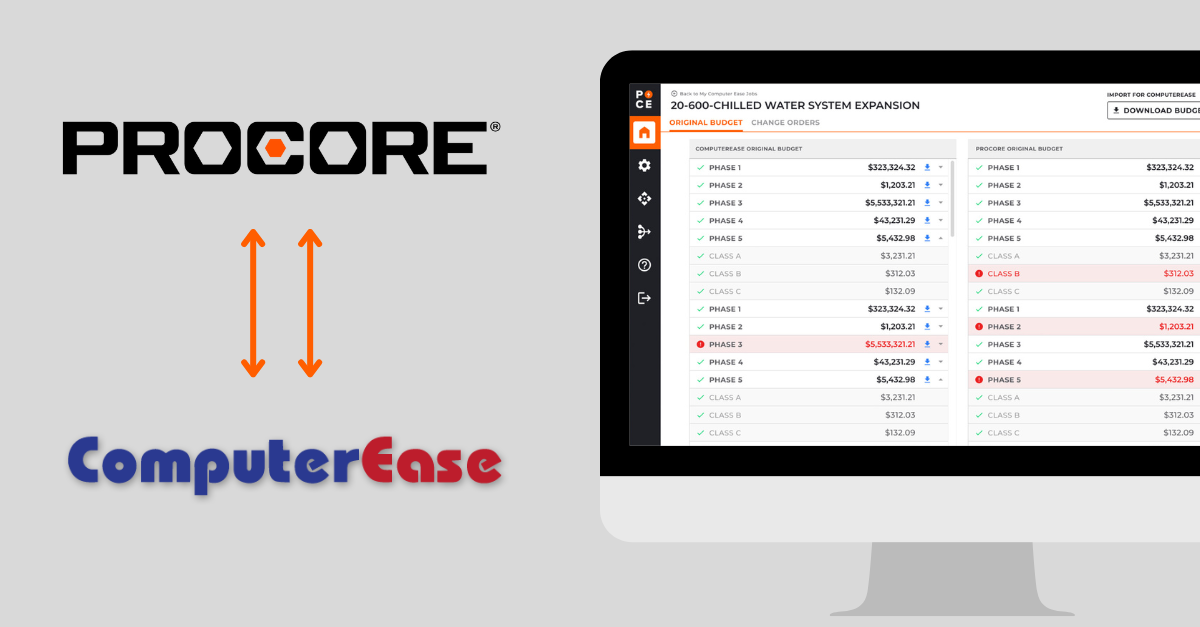There is no shortage of construction management software solutions on the market these days. But many of them don’t work well for the companies they are intended to help. This article explores why that is and gives tips on what to look for instead.

Construction management software is “hot” right now. The last few years have seen an explosion of off-the-shelf construction software products hitting the market. This makes a certain amount of sense. Construction is complicated with a lot of moving parts and variables. The right software system can coordinate all these moving parts, streamline operations, and improve profitability. But the construction industry has been underserved by the software industry until recently.
Still, a lot of the new construction software solutions on the market don’t meet the needs of the companies they are intended to help. The truth is that, often, these software solutions are abandoned by the companies that try them when the free trial ends. Or worse, they are sometimes abandoned even after they are purchased. And the construction company returns to its previous system of operations.
Let’s examine some of the reasons why typical construction management software solutions don’t work…
Frequent Problems with Off-The-Shelf Construction Software
Here are some of the most common reasons that off-the-shelf construction software doesn’t work for the companies that buy it.
- A frequent problem with construction software is rigidity. The software is designed to work in a certain way and with a certain flow. If that flow doesn’t match the flow that has been working for your company for the past 20 years… too bad! You’ll need to adopt your processes to the new software.
- Off-the-shelf software is often hard to learn and requires one or more training sessions. That is, you might have to pull folks off a jobsite for a day or more to learn how to use the software.
- Often, construction management software lacks adequate support. When the software you are using to manage your business is giving you trouble, you need help. Fast. You don’t want to talk to someone on a generic help line that doesn’t know you or your business.
- Frequently, construction software lacks enough access and permissions control. A laborer shouldn’t be able to see everything the foreman can see. And the foreman shouldn’t be able to see everything the owner can see.
- One of the most (potentially) useful features of construction software is sending the right notifications to the right person at the right time. For example, it can be useful for a foreman to get an automatic notification when a critical piece of equipment is going to be late. But most off-the-shelf construction software cannot get the right notifications to the right people.
- Off-the-shelf software can also have hidden costs that keep piling up. Typically, these costs come in the form of licensing fees. These can be structured in different ways: cost per user, percentage of revenue, or number of jobs. But ultimately, these cost structures have the effect of punishing construction companies for growth and success.
- Perhaps most importantly, many construction software solutions cannot integrate with other critical business systems (e.g., accounting, payroll, etc.). This can have a lot of negative effects. For example, if there is a scheduling disconnect between materials and labor, it can cause significant disruption. There are also potential compliance and safety implications.
A Better Option…
A better construction software option does not have these downsides. Instead, it is…
- Flexible. It fits your business. You don’t need to fit your business to it.
- Simple and easy to learn. All your folks can understand it quickly and easily without special training sessions.
- Supported by a team that knows you and your business.
- Able to set up access permissions in a way that makes sense. Each employee can see what they need to in order to do their jobs.
- Paid for using a flat fee structure that doesn’t punish your company for its success.
- Able to easily integrate with your other critical business software systems.
In addition, it helps if it is custom. That is, it should allow you to build and purchase only the software capabilities you need for your company. It shouldn’t require you to purchase software elements you don’t want or need.
 >
>
What else to look for in a construction software product
Here are some other things you should look for in a construction software solution…
- You can use it without a bunch of workarounds. That is, it should simply work for you. Not “almost” work and require additional duct-taped processes.
- It should be able to scale with you. It should allow for adding in additional functionality later.
- It effectively integrates with your company’s workflow. You’ll know this has happened when
- You and your team spend less time on paperwork and tracking down information
- Your scheduling improves
- You get jobsite updates in real time
- Your team can collaborate on the jobsite in real time
- You can capture field data for strategic analysis
What to look for in a construction software company
Here are some things you will want to see in the software development team you choose to help you. The development team should…
- Spend time with you to understand how you run your business.
- Work in your business during the development process.
- Be a partner in the implementation and rollout phase
- Provide local support with someone who understands the evolution of the relationship and your specific business needs
- Communicate clearly about what fees include such as training and support
Ready to talk to a software development company with deep roots in the construction industry and many satisfied customers across a variety of trades? We’d love to hear from you!




